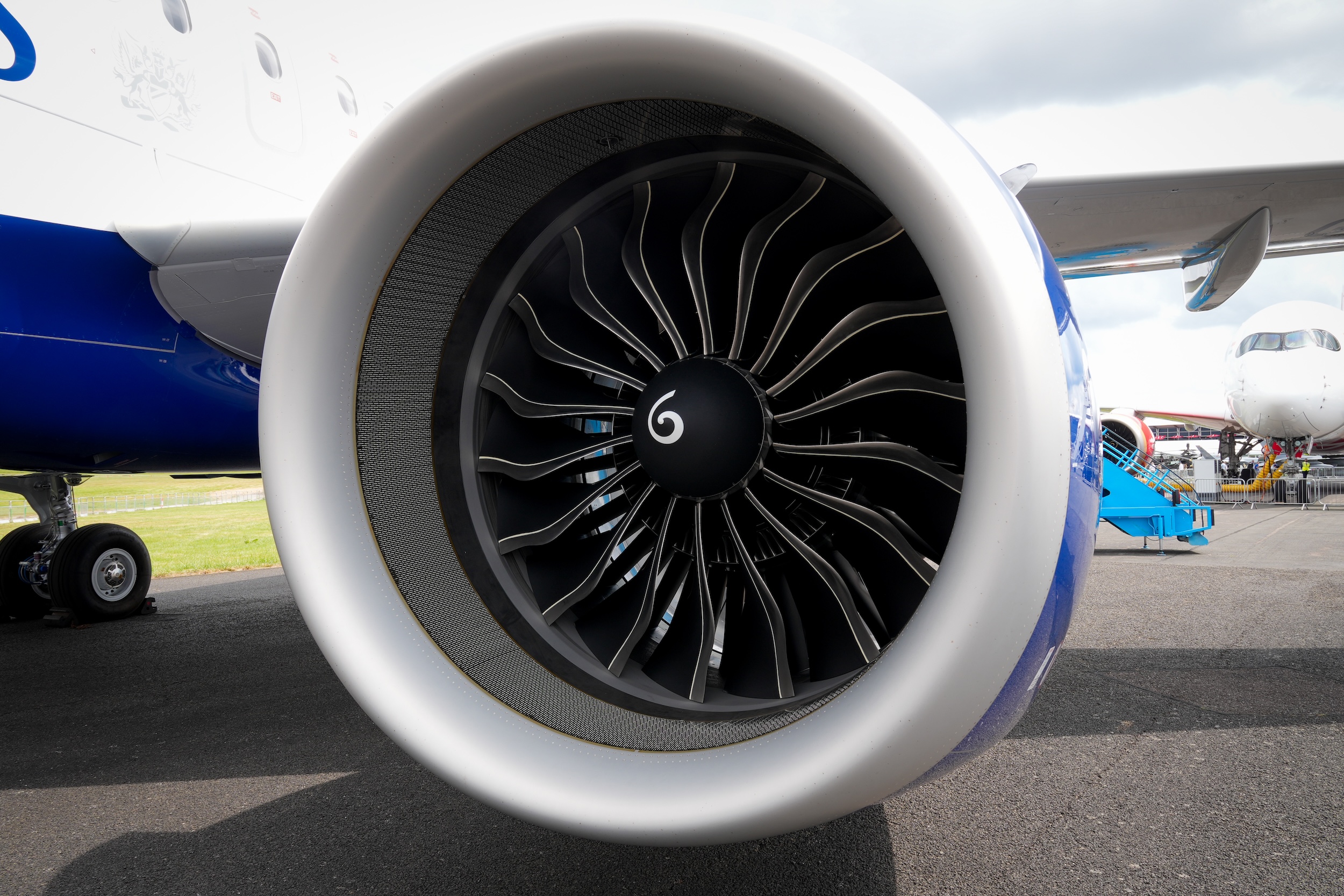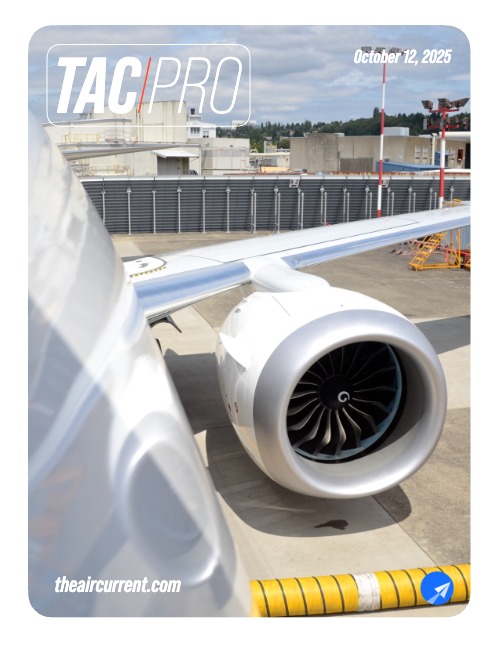Log-in here if you’re already a subscriber
NISKAYUNA, N.Y. — In 2015, CFM International, the joint venture between GE Aerospace and Safran, reaffirmed a bold promise: the maintenance costs of its next-generation Leap engine family — with its higher internal temperatures and exotic materials and coatings — would be similar to those of its CFM56 that had been flying under the wing of the Airbus A320 and Boeing 737 for years.
A decade later, that promise fell far short of where airlines and the rest of the industry had been initially guided before the Leap engine’s entry into service with Airbus in 2016 and Boeing in 2017. The time since has been a brutal trial for the world’s airlines, acutely frustrated with the low number of cycles those fuel-sipping engines would spend affixed to the wing of an aircraft before requiring an extremely expensive overhaul, one that far eclipses the cost of doing the same work on a CFM56.
At the GE Aerospace Research Center on Oct. 8, the U.S. engine maker unveiled to a group of investors and The Air Current an attempt to make good on at least its original promise of equivalent time on wing for its engines. The company is deploying new durability “kits” into the Leap-1A for the A320neo and soon the 737 Max’s Leap-1B to significantly extend the time before a first shop visit. Learning from its experience with the GEnx and Leap, GE is also doing extensive durability work in advance of the GE9X’s arrival on Boeing’s delayed 777X and the RISE Open Fan technology demonstration for the next generation of single-aisle airliners.
Subscribe to continue reading...Subscribe to Continue Reading
Our award-winning aerospace reporting combines the highest standards of journalism with the level of technical detail and rigor expected by a sophisticated industry audience.
- Exclusive reporting and analysis on the strategy and technology of flying
- Full access to our archive of industry intelligence
- We respect your time; everything we publish earns your attention


